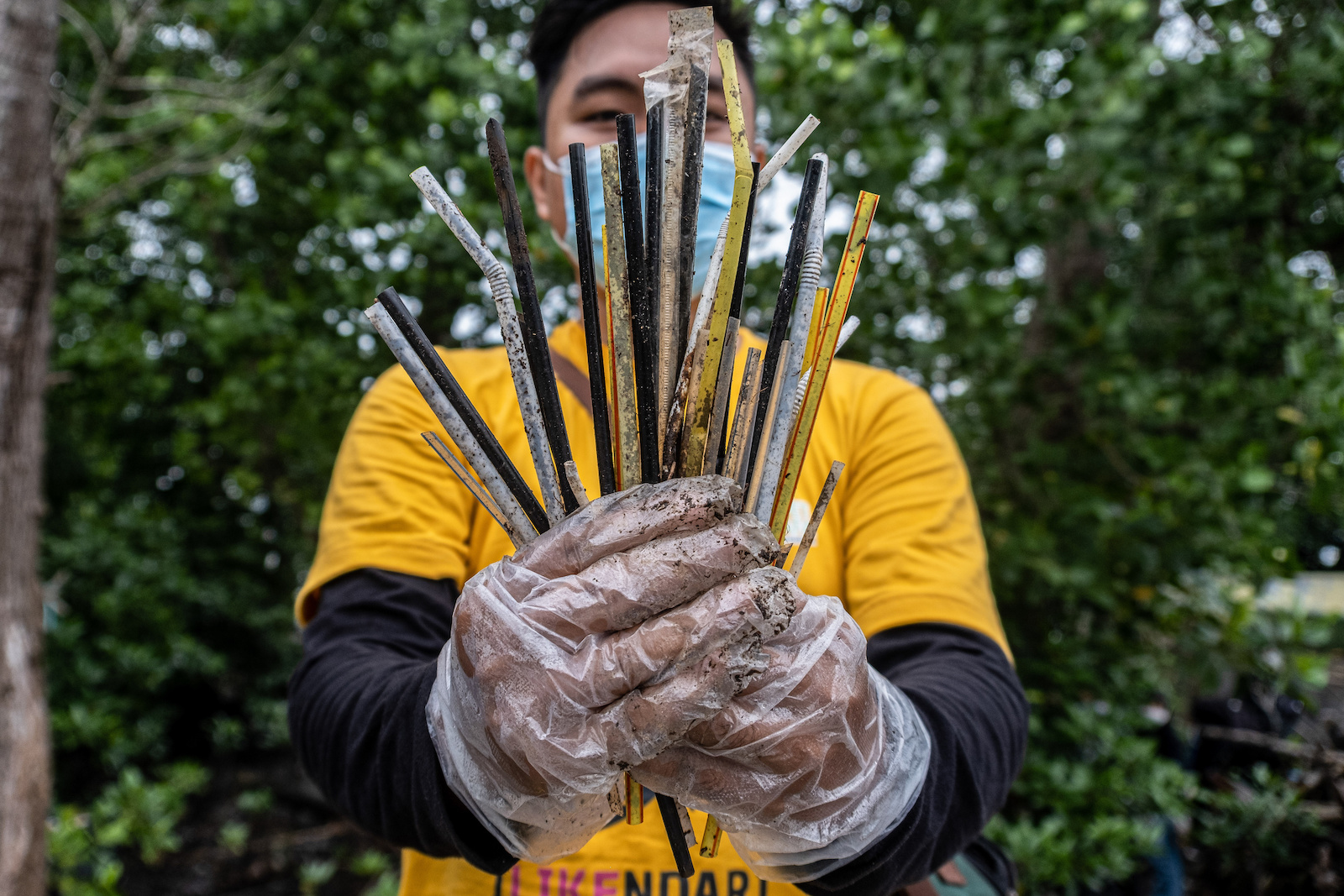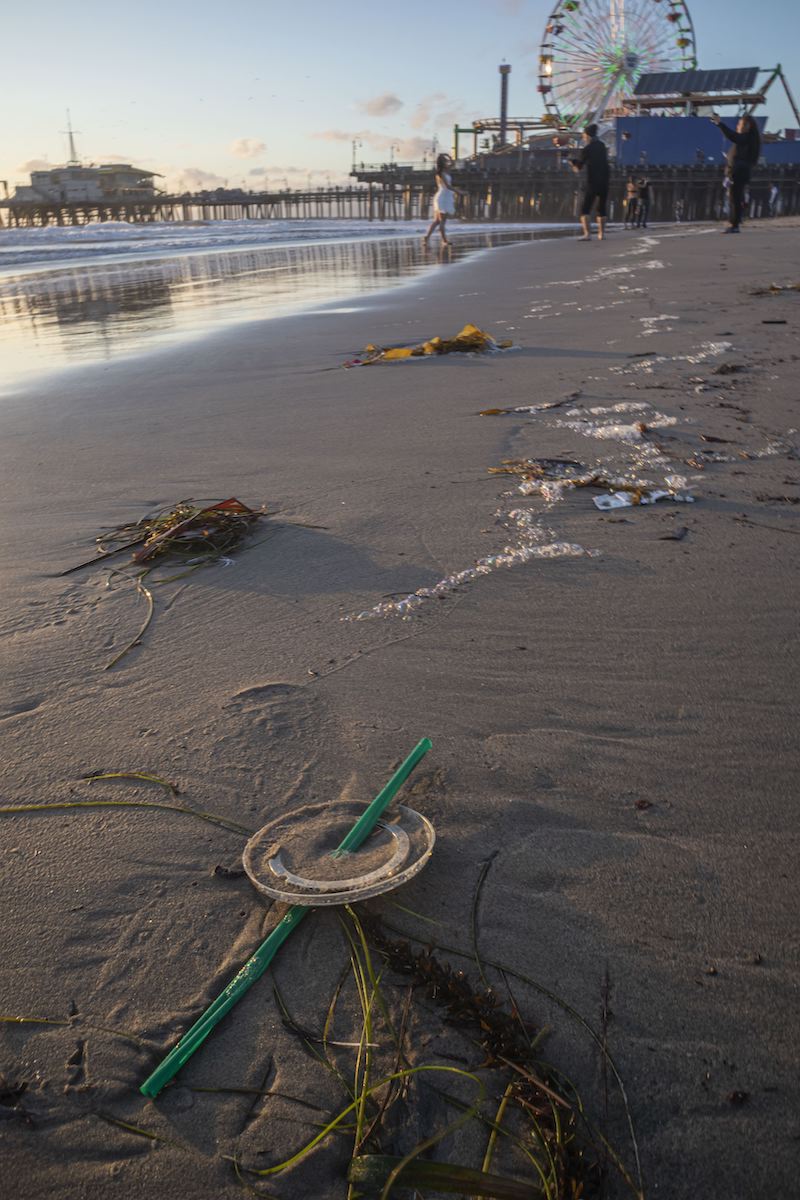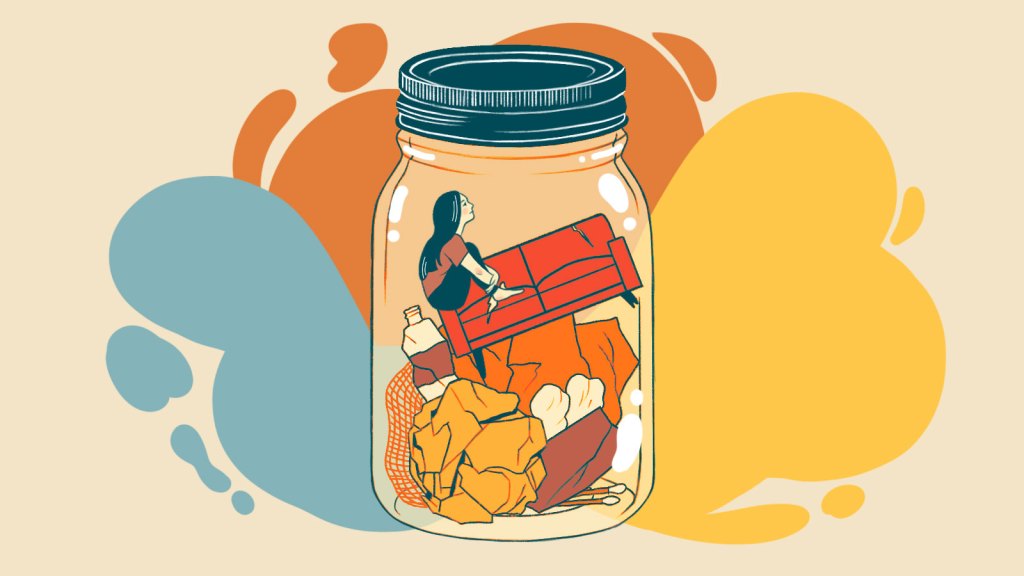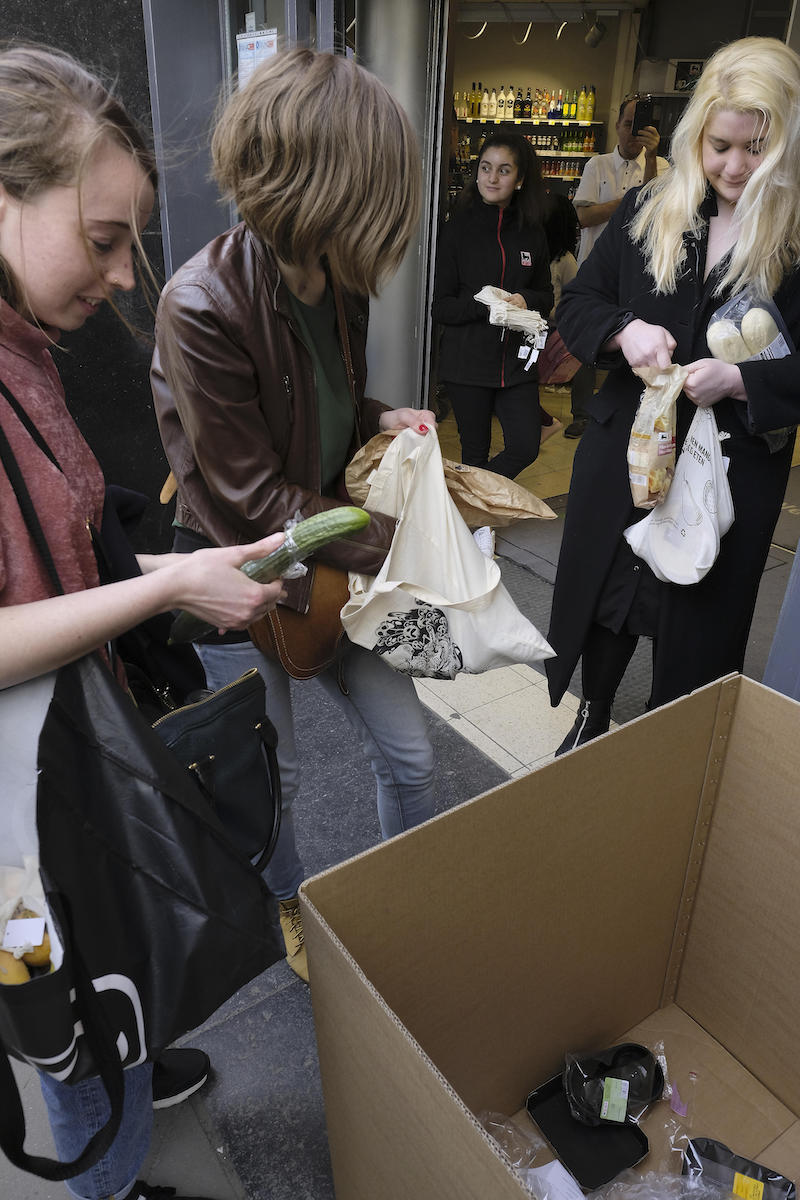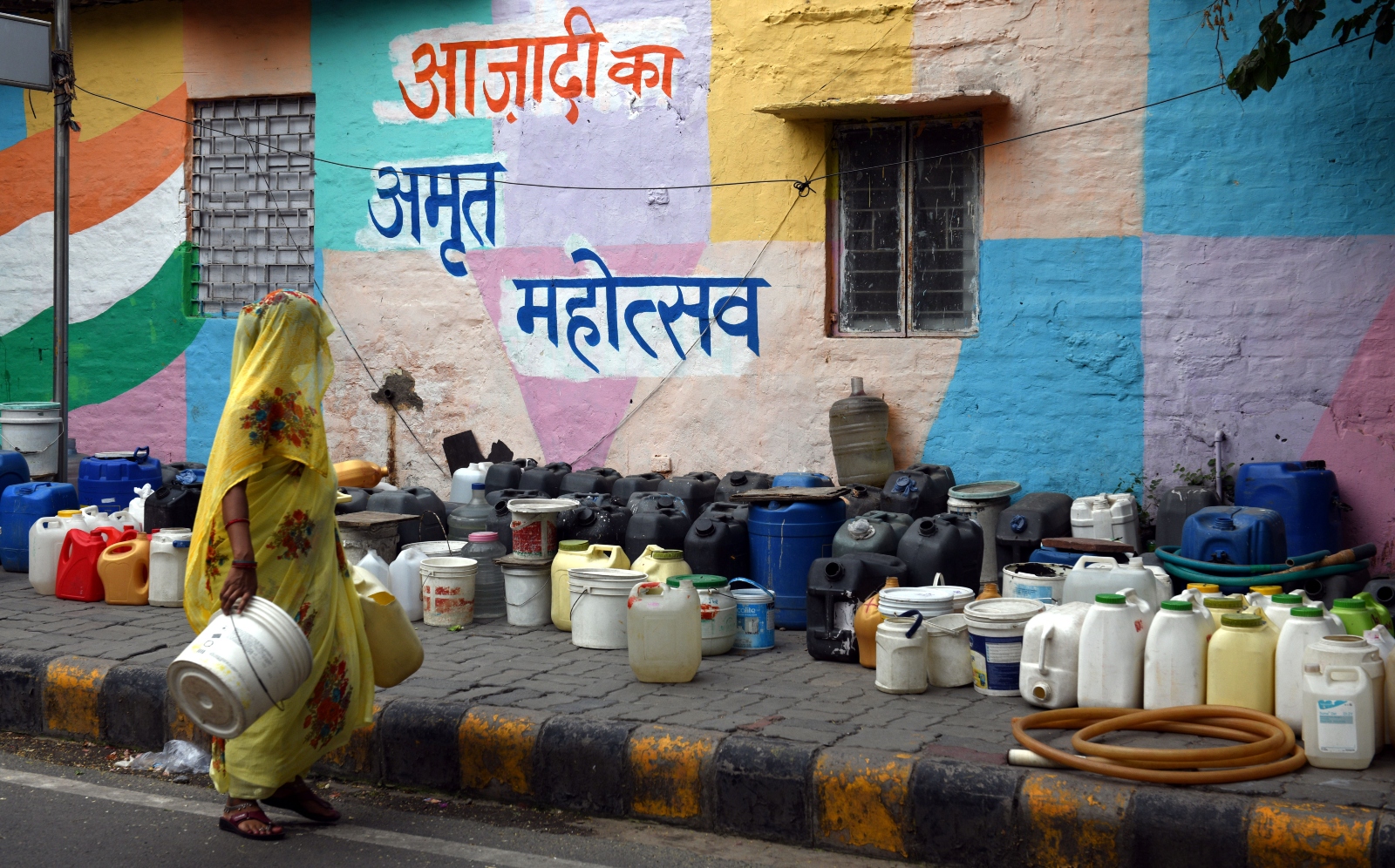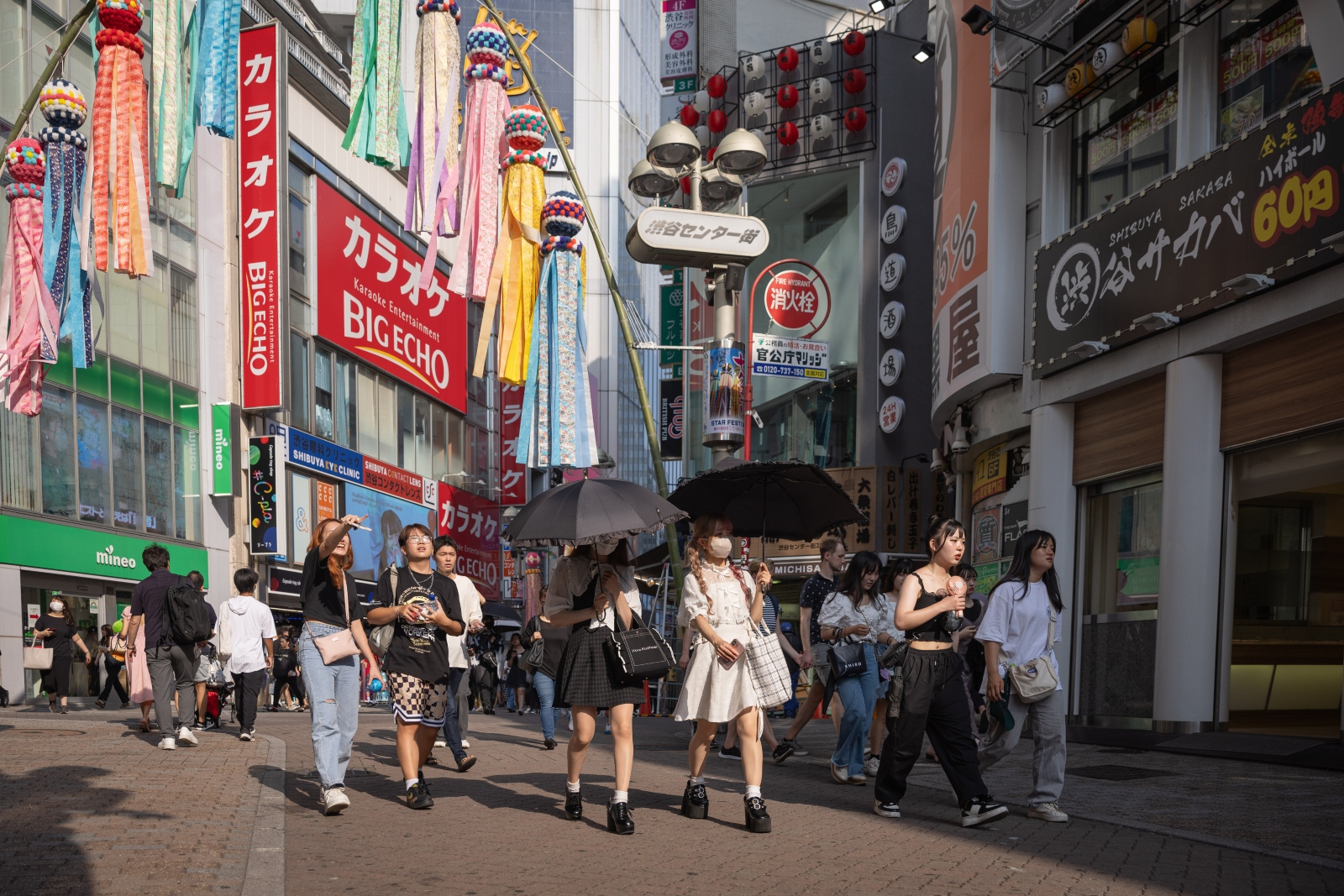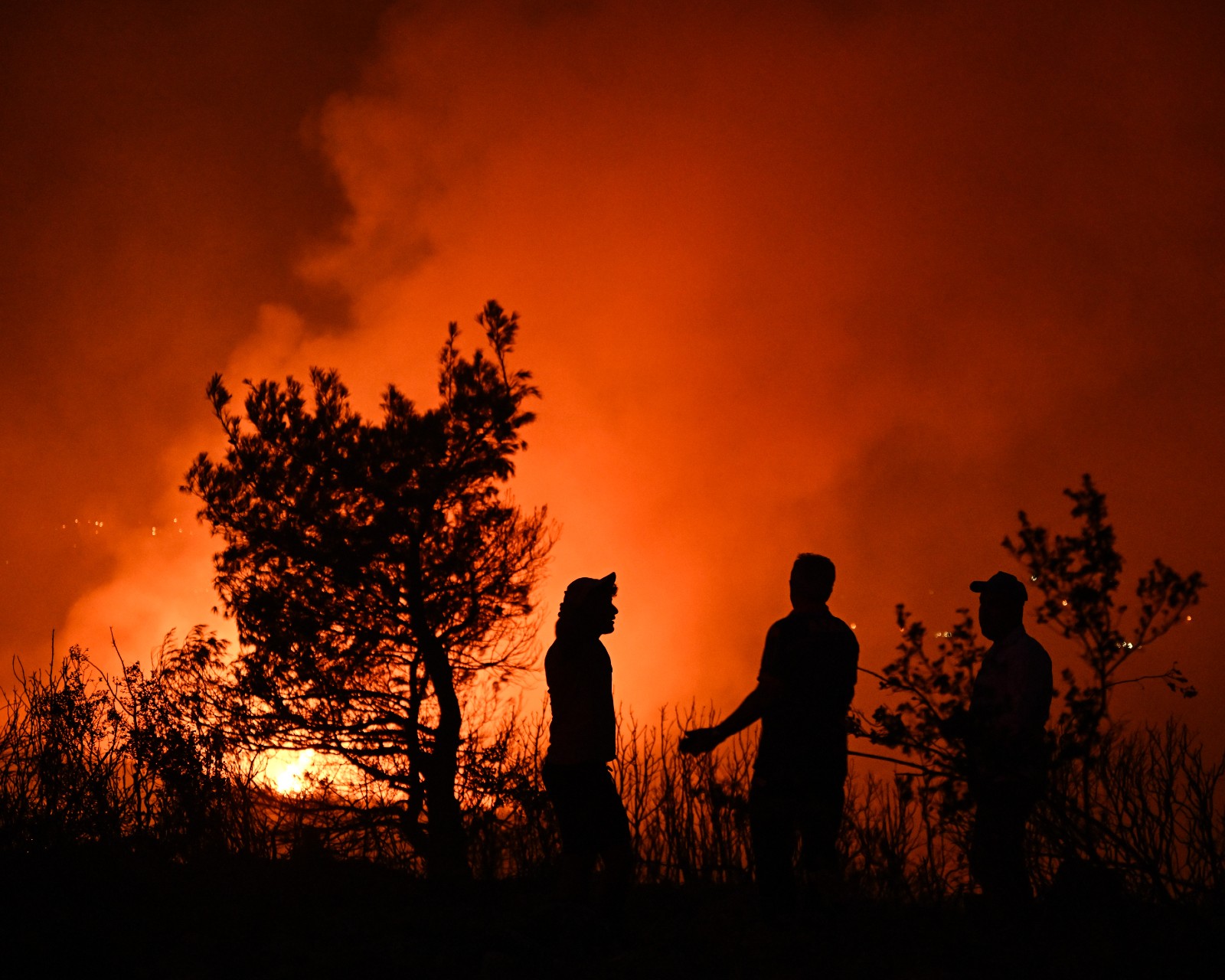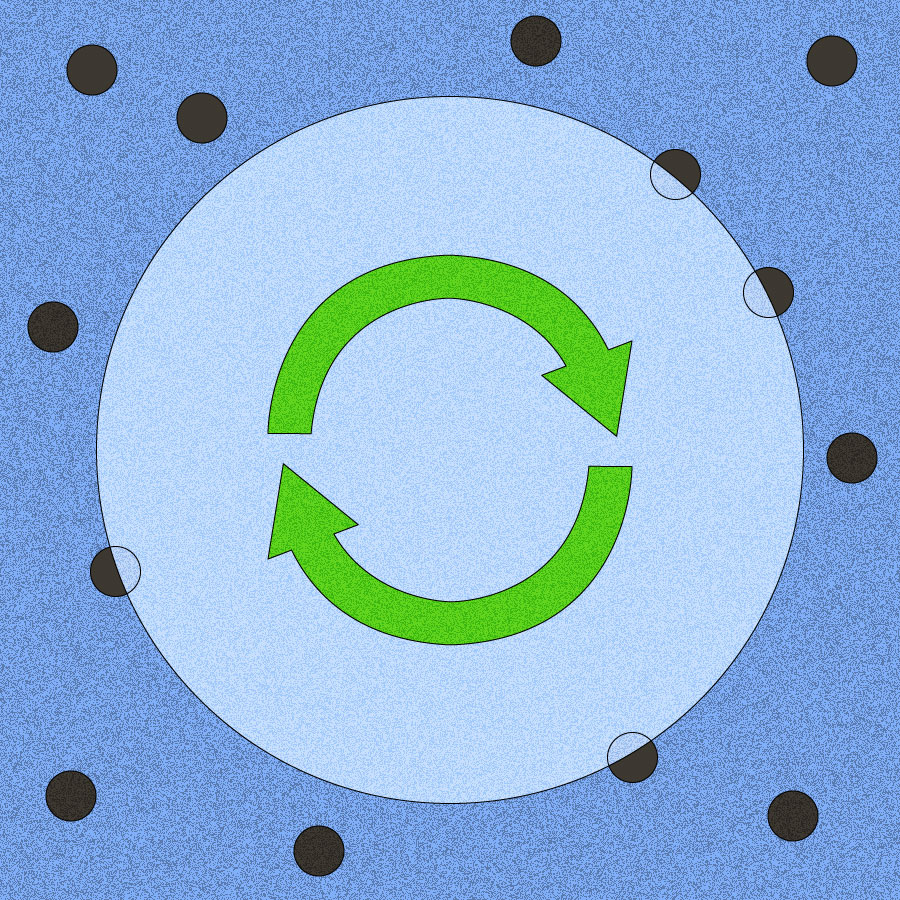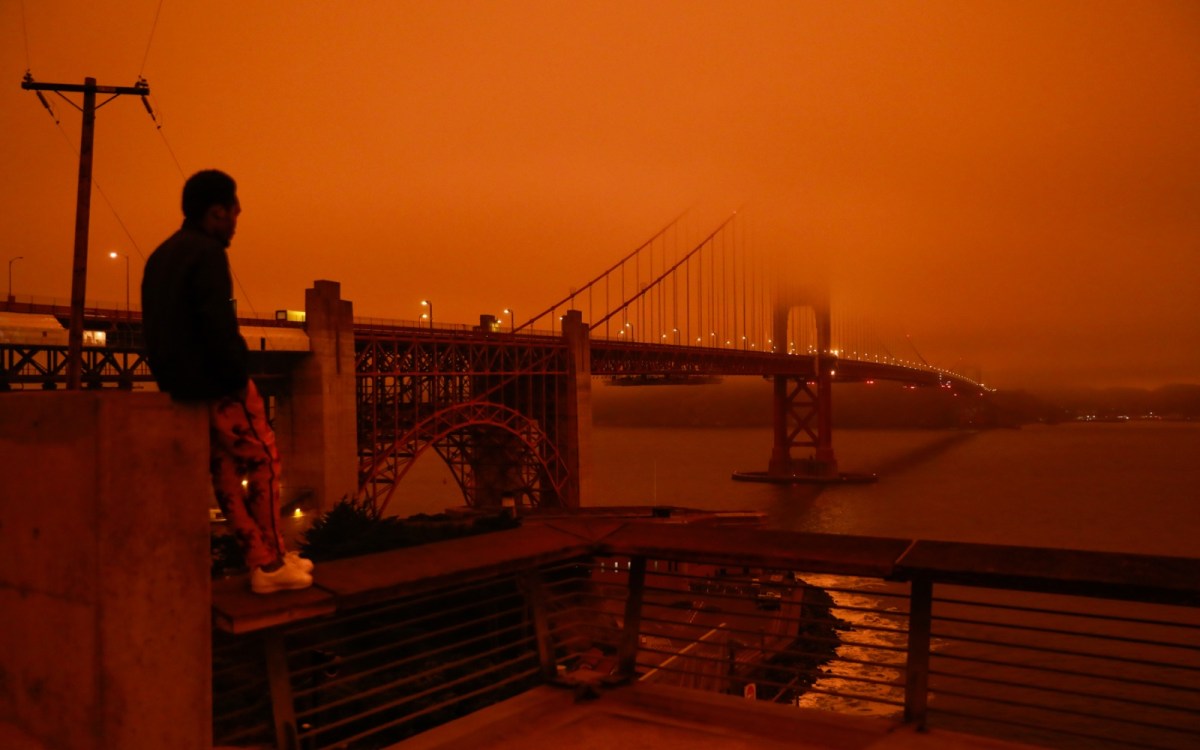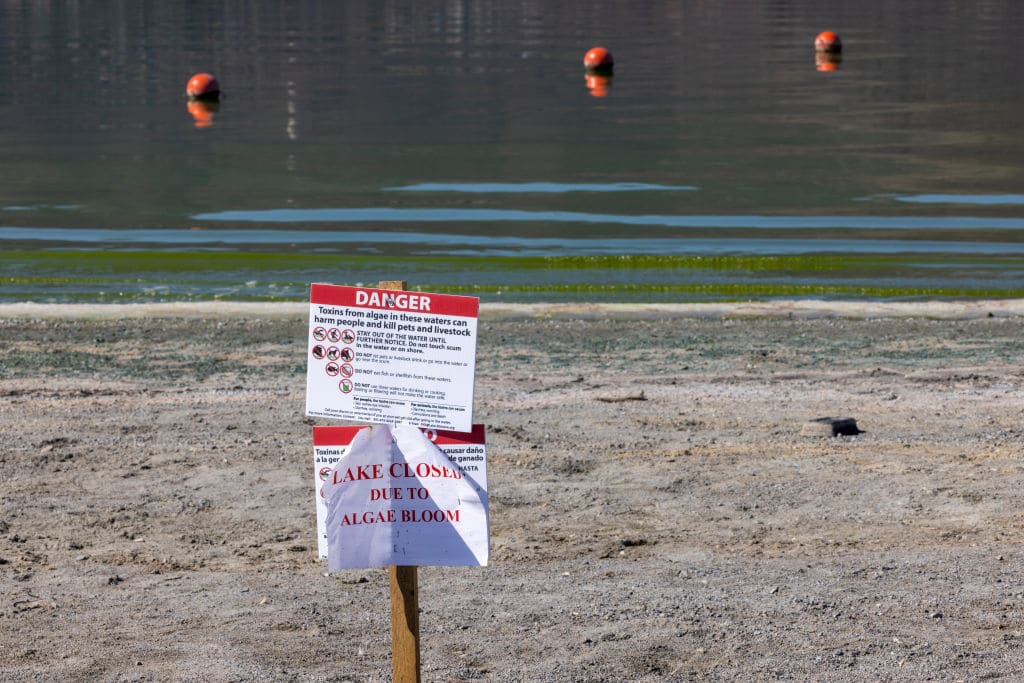
Quick Key Facts
- Algae aren’t an animal, plant or fungi. They’re considered members of the protist kingdom, a group of tiny, typically single-cell organisms.
- All algae are broken into one of a handful of categories based on color.
- Nutrient pollution, high water temperatures, extreme weather events, slow water currents and low wind speeds can all drive harmful algae blooms to grow out of control.
- Nutrient pollution occurs when too much of certain nutrients, like phosphorus, enters into a waterway.
- Humans can be at risk from harmful algae blooms when swimming in infested waters or when consuming fish, shellfish or water from those sources.
- Human health impacts from harmful algae blooms can range from vomiting, diarrhea or stomach pain to more severe conditions like paralytic shellfish poisoning or liver failure.
- Algae blooms can be ecologically beneficial, but only when the type of algae isn’t one that produces toxins or depletes oxygen in the water.
- Harmful algae blooms have been identified in freshwater in every U.S. state, plus Puerto Rico and the U.S. Virgin Islands, while every coastal state has identified harmful algae blooms in saltwater or brackish water.
- There’s plenty you can do at home to help reduce nutrient pollution and harmful algae blooms, such as changing your laundry habits, picking up pet waste and volunteering in harmful algae bloom monitoring efforts.
What Are Harmful Algae Blooms?

Algae are one species within the protist kingdom of living beings, which is mostly composed of single-celled, microscopic organisms that may share traits with animals, fungi and/or plants. The biological grouping also includes kelp and molds. There are two main groups of algae — seaweeds, or macroalgaes, and phytoplankton, or microalgaes — in addition to several different categories of algae based on color: green algae, red algae, brown algae and blue-green algae.
Algae are typically found in water, which is why you’ve probably seen a colony of algae accumulate at different bodies of water, like lakes and rivers. They contain chlorophyll — a compound also found in plants — which allows them to turn sunlight into food. A group of algae is called a bloom. But under certain circumstances, an algae bloom can rapidly grow and become an ecological and health hazard. Once a bloom is toxic, it’s known as a harmful algae bloom.
How Are Harmful Algae Blooms Created?
A variety of factors can lead to the creation of a harmful algae bloom. According to the U.S. National Oceanic and Atmospheric Administration (NOAA), nutrient pollution, high water temperatures, extreme weather events, slow water currents and low wind speeds can all lead to algae blooms to grow out of control. However, the agency notes, “how these factors come together to create a ‘bloom’ of algae is not well understood.”
These factors can lead to algae blooms, but not all blooms are harmful. According to the U.S. Centers for Disease Control and Prevention (CDC), there are three main algaes that can become harmful: cyanobacteria (called blue-green algae), dinoflagellates and diatoms (both of which are known as microalgae or red tide).
“The most frequent and severe blooms typically are caused by cyanobacteria, the only known freshwater algae with the potential for production of toxins potent enough to harm human health,” explains the U.S. Geological Survey on its website.
What Is Nutrient Pollution?
Nutrient pollution occurs when too much of certain nutrients — mainly carbon, nitrogen or phosphorus, according to NOAA — enter into a waterway. Those substances can accumulate as the result of natural processes, but the main causes of nutrient pollution involve human activities, such as animal manure and pet waste; sewage treatment plant discharge and poorly maintained septic tanks; power plants; detergents; fertilizer; cars; and power plants, according to the U.S. Environmental Protection Agency (EPA).
While all organisms need nutrients to survive, too much of these substances can cause algaes to grow out of control. And where there’s overly ample algae, there’s going to be problems. Bacteria feeding on dead, decaying algae also limits the amount of dissolved oxygen in a waterway, which can kill fish.
What Is Red Tide?

One type of harmful algae bloom is known as red tide, an event that happens when one of several different phytoplankton proliferate and produce toxins fatal to marine life and harmful to humans. Found worldwide, red tide is not necessarily red but instead can be a “rusty orange to green to bioluminescent” in color, according to National Geographic. In the Gulf of Mexico, the toxic algal culprit beyond red tide is Karenia brevis. This year, red tide was identified in Florida earlier and stronger than ever.
Human and Animal Health Impacts of Algae Blooms
Human health can be harmed by algae blooms when we swim in waters infested with harmful algae blooms [also known as HABs] or eat fish, shellfish or other seafood from those sources. We can also get sick from drinking or cooking with water from those sources, according to the National Institute of Environmental Health Sciences.
“As with many environmental exposures, children and the elderly may be especially sensitive to HAB toxins,” the agency explains. “Populations that rely heavily on seafood are also at risk of long-term health effects from potentially frequent, low-level exposures to HAB toxins.”
Potential health consequences from these activities can range from nausea, vomiting, diarrhea, headaches or stomach pain to paralytic shellfish poisoning, acute liver failure or seizures. The National Institute of Environmental Health Sciences provides a lengthier list of potential side effects on their website.
The human health side effects are scary enough, but the CDC warns on its website that “animals can get very sick or even die within minutes to days after exposure to harmful algae and cyanobacteria.” To that end, you should “seek veterinary care immediately if your pets or livestock seem sick after going in or near water.”
In 2019, 242 harmful algal blooms were reported to the CDC by 14 different states, with dozens of human illnesses and hundreds of animal illnesses recorded. Humans should call their local poison control center if symptoms occur consistent with harmful algae bloom exposure after engaging in the aforementioned activities.
How Do Algae Blooms Hurt the Economy?
Because of the health impacts of interacting with waterways that have harmful algal blooms, the surrounding areas may also become less attractive to visit, work or live in. If a tourist wants to get in the water, they might logically avoid an area where the chance of not being allowed to swim is high in the summertime. That lack of easy tourism might make it less attractive to buy property or to start a business there, too.
“A preliminary and highly conservative nationwide estimate of the average annual costs of HABs is approximately $50 million,” writes the U.S. National Office for Harmful Algal Blooms at the Woods Hole Oceanographic Institution on its webpage. Public health accounts for almost $20 million of the overall annual nationwide cost, but impacts on commercial fisheries ($18 million), recreation and tourism ($7 million) and monitoring and management ($2 million) are still notable.
However, the office adds that “the actual dollar amount of these estimates is highly uncertain due to a lack of information about the overall effect of many [harmful algae bloom] events and a difficulty in assigning a dollar cost to those events that we do understand.”
“While many expenses may be difficult to quantify, there is little doubt that the economic effects of specific HAB events can be serious at local and regional levels,” the office continues.
Are Algae Blooms Ever Beneficial?
Most species of algae don’t create toxins or deplete oxygen in waterways. So according to the EPA, algae blooms can be beneficial in that blooms can serve as useful environmental indicators of nutrient shifts, in addition to supporting the marine food chain, since “all other life in the ocean relies on phytoplankton.”
However, it’s still wise to be cautious around a bloom. That’s because, as the National Institute of Environmental Health Sciences points out on their webpage, you can’t always “tell if a water body has a harmful bloom just by looking at it.”
Where Are Algae Blooms Impacting Ecosystems?
Cyanobacterial algae blooms have been identified in freshwater within every U.S. state, plus Puerto Rico and the U.S. Virgin Islands, according to the CDC. Harmful algae blooms caused by dinoflagellates or diatoms, more common in saltwater or brackish water, have been identified in all coastal U.S. states.
Already this summer, officials as widespread as New Jersey, Rhode Island, Michigan, Vermont and California have warned of harmful algal blooms threatening waterways.
Lake Okeechobee, Florida

One particularly strong example of the impact of harmful algae blooms expanding uncontrollably is in Florida’s Lake Okeechobee. Satellite imagery from the National Aeronautics and Space Administration (NASA) shows that algae covered more than half of Florida’s largest freshwater lake for the better part of June and July 2023. That has led to public health warnings about swimming or recreating on the lake, as tested samples showed the presence of a toxin created by cyanobacteria.
According to Inside Climate News, widespread draining of the Everglades to “make way for farmland and towns ultimately led to runoff from agricultural operations, septic and sewer systems and fertilized urban landscapes.” Those activities create the conditions under which harmful algae blooms thrive.
With this lake in particular, water management officials rely on strategic water releases to protect a dike when heavy rains lead to too-high lake levels. But those releases send harmful algae bloom-polluted waters — and the associated ecological and health impacts — straight to residents of surrounding communities. This summer, officials are trying to hold back on releasing water until a safer time algae-wise, but The New York Times reports that “by late June the lake’s level was roughly two feet higher than the United States Army Corps of Engineers would like.”
Can We Predict When Harmful Algae Blooms Will Occur?
The short answer? Kind of. There are numerous official, academic and volunteer monitoring and prediction efforts across the country.
NOAA likens algal bloom prediction at their Harmful Algal Bloom Operational Forecast System in the Gulf of Mexico to hurricane forecasting, in that they can forecast the path of a bloom, how big it will be and whether it could worsen and use that information to alert the public to problematic waterways.
However, some agencies report having a tough time with accurate forecasting of harmful algae blooms.
“Predicting when these blooms will occur is one of the greatest challenges we face… Currently, we can’t even predict the correct month,” acknowledges the Utah Department of Environmental Quality, which is testing whether light-measuring sensors can help identify certain cyanobacterias.
How Can I Reduce The Impact of Harmful Algae Blooms?
There are several ways to help mitigate the harm caused by overly abundant algae blooms.
You can avoid certain sources of nutrient pollution, like detergents, soaps and cleaners that contain phosphate. The EPA recommends you “only run your clothes or dish washer when you have a full load” and to “select the proper load size for your washing machine” to reduce the amount of cleaning products and water used.
You might not think that energy efficiency would tie in with reducing algae blooms, but certain types of power plants are a source of nutrient pollution. To that end, reducing the overall amount of electricity needed helps reduce the number of power plants needed, thus reducing emissions that can spur more algae growth.
Another thing the agency suggests you do that everyone will be grateful for: cleaning up after your pets when they defecate outside, as well as guiding them toward grassy areas where their feces won’t run off into a waterway.
The EPA makes additional recommendations around car washing, driving personal vehicles and maintaining septic tanks and other algae bloom mitigation efforts you can do at home on this webpage. They also make suggestions for yard and garden maintenance — such as only using the amount of fertilizer you actually need and not applying it on windy or rainy days — on this webpage.
The agency also suggests joining volunteer monitoring efforts to help pinpoint sources of nutrient pollution and restore polluted ecosystems.
The post Algae Blooms: Everything You Need to Know appeared first on EcoWatch.

